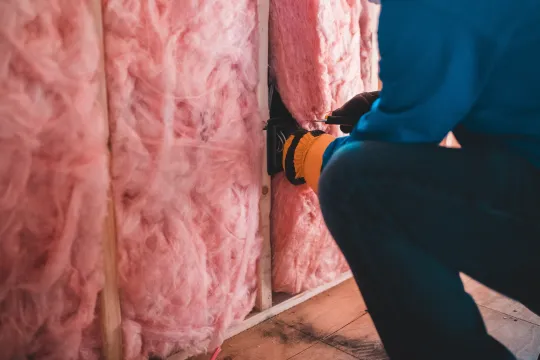Project Drawdown is a nonprofit organization that seeks to help the world reach “drawdown”—the future point in time when levels of greenhouse gases in the atmosphere stop climbing and start to steadily decline. Cities, universities, corporations, philanthropies, policymakers, communities, educators, activists, and more turn to Project Drawdown as they look to advance effective climate action. Project Drawdown resources for educators include the database of Drawdown Solutions, educational video series Climate Solutions 101, the Drawdown Stories initiative, and more.



